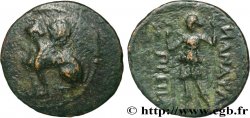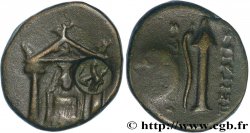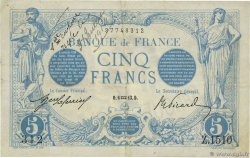Live auction - bgr_631690 - PAMPHYLIA - PERGE Unité
You must signin and be an approved bidder to bid, LOGIN TO BID. Accounts are subject to approval and the approval process takes place within 48 hours. Do not wait until the day a sale closes to register. Clicking on "BID" constitutes acceptance of the terms of use of cgb.fr private live auctions.
Bids must be placed in whole Euro amounts only. The sale will start closing at the time stated on the item description; any bids received at the site after the closing time will not be executed. Transmission times may vary and bids could be rejected if you wait until the last second. For further information check the Live auction FAQ
All winning bids are subject to a 18% buyer’s fee.
All winning bids are subject to a 18% buyer’s fee.
| Estimate : | 150 € |
| Price : | no bid |
| Maximum bid : | no bid |
| End of the sale : | 25 July 2023 14:15:17 |
Type : Unité
Date: c. 200-150 AC.
Mint name / Town : Pergé, Pamphylie
Metal : copper
Diameter : 15 mm
Orientation dies : 12 h.
Weight : 3,84 g.
Rarity : R2
Coments on the condition:
Exemplaire sur un petit flan bien centré des deux côtés un peu court sur la légende. Belle représentation du temple au droit. Joli revers. Belle patine vert foncé
Catalogue references :
Predigree :
Cet exemplaire provient du stock de Pegasi
Obverse
Obverse legend : ANÉPIGRAPHE.
Obverse description : Temple distyle avec la statue d’Artémis de Pergée.
Reverse
Reverse description : Carquois et arc.
Reverse legend : ARTEMI[DOS]/ PERGIAS
Reverse translation : (d’Artémis de Pergé).
Commentary
Au revers une partie de la légende placée derrière Artémis n’est pas lisible.
On the reverse part of the legend placed behind Artemis is not legible
On the reverse part of the legend placed behind Artemis is not legible







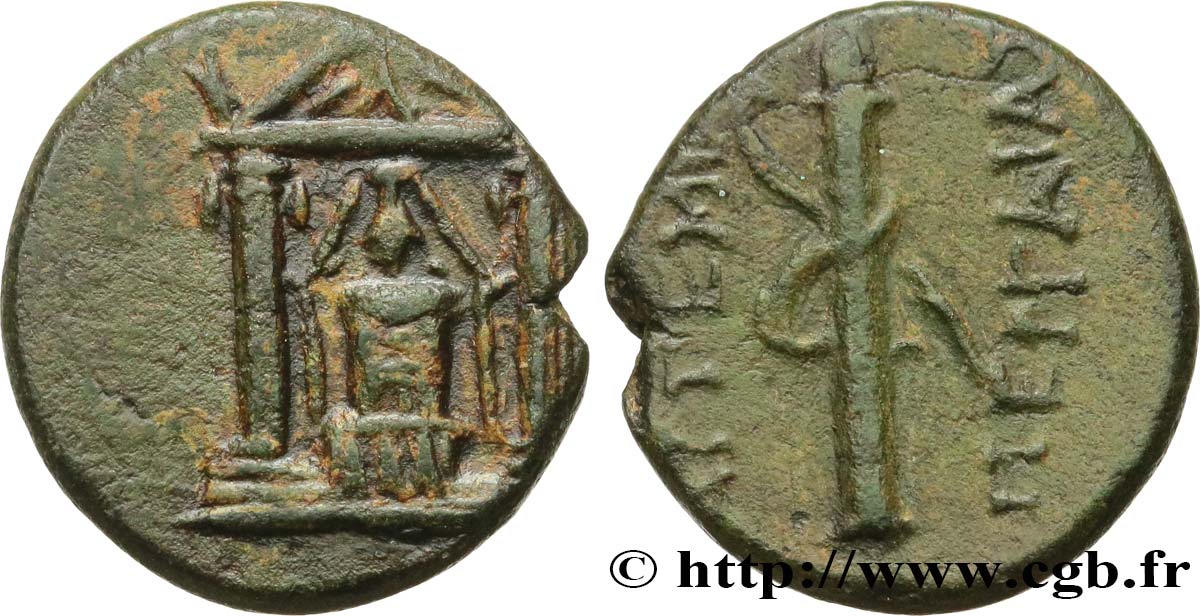
 Report a mistake
Report a mistake Print the page
Print the page Share my selection
Share my selection Ask a question
Ask a question Consign / sell
Consign / sell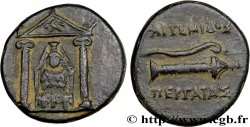
 Full data
Full data
